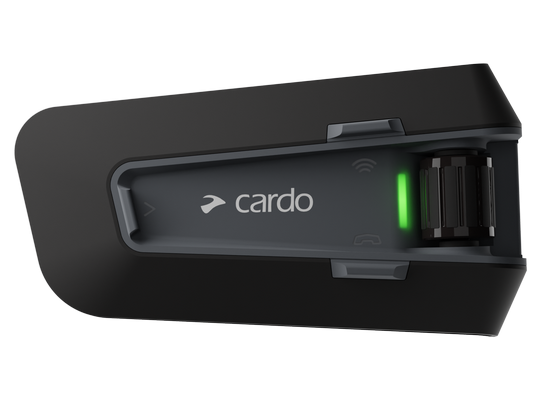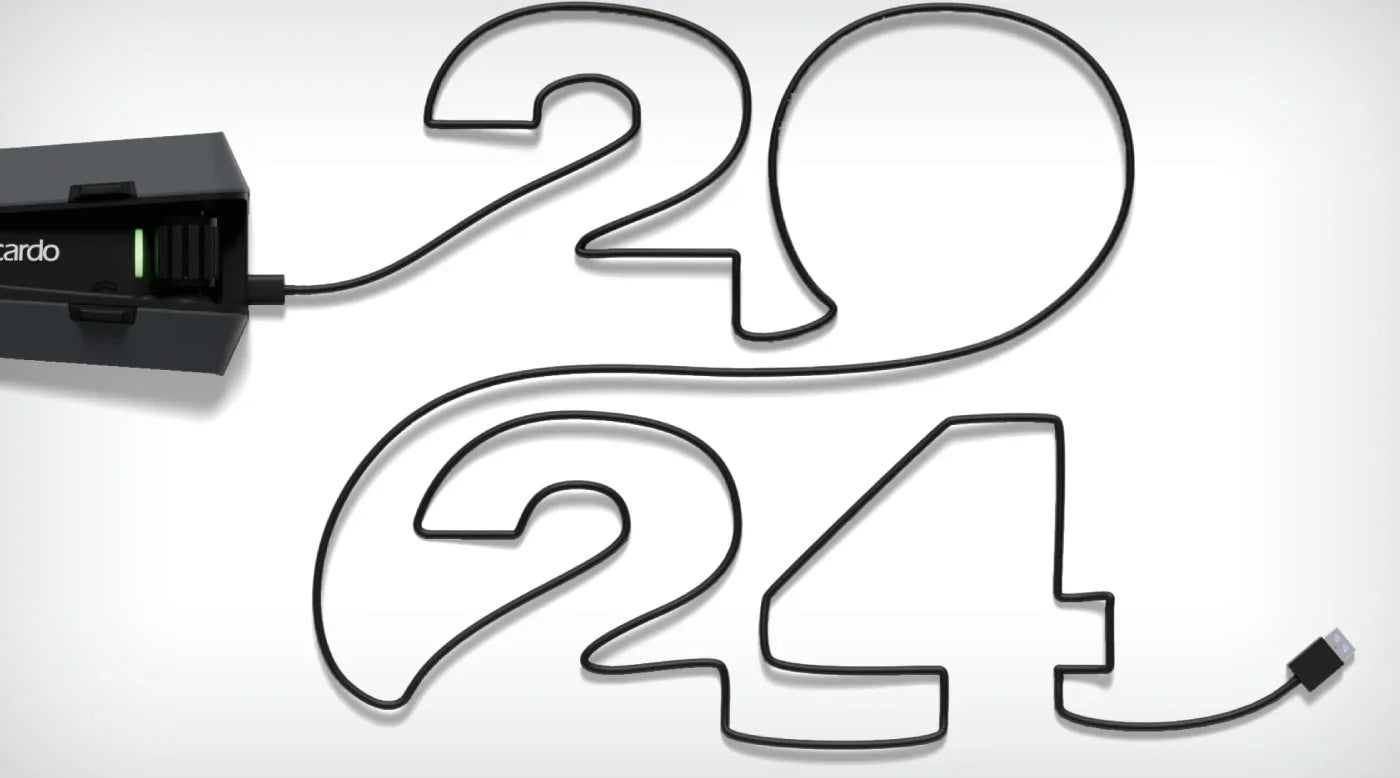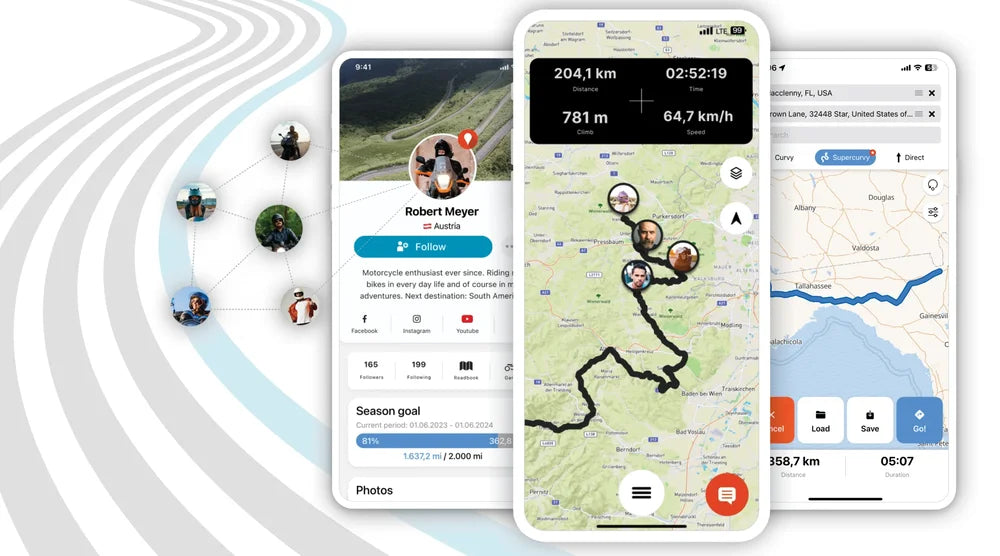Many of us can relate to the frustration of enjoying a long ride only to discover that our device has run out of battery—no more music, conversations with co-riders, or navigation guidance. People worldwide often wonder how we calculate battery life figures and why charging your device is crucial, even when it's not in use. What's the deal with this, how does it function? And what is talk time? By the end of this article, you’ll clearly understand your Cardo device and its battery life.
Lithium-ion batteries
Lithium batteries are at the heart of our devices and are incredible pieces of technology, they are also used in day-to-day electronics, like smartphones, laptops and earbuds, as well as in our products.
Lithium-ion batteries don't have a set expiration date, and their lifespan depends on how you charge them, use them, and store them. Over time, though, battery life is expected to naturally decrease over time.
There are some key topics to discuss if you want to understand how to get the most out of your battery:
- How Cardo measures battery time and how your usage affect it
- How Lithium-Ion Battery works
- How to ensure your battery lasts as long as possible
How do we measure battery time and how does your usage affect it?
Our Packtalk battery packs 850 milli Amps of power. Like a water fountain, a battery has a fixed capacity. It's the way we use it that makes all the difference. Standby mode, music playing, DMC intercom or all of it combined. Eventually, depending on the way we use the communicator, our battery will run out.
Each hour of DMC transmission consumes about 70mAmp, all-inclusive. Do the math, and you’ll see why we rate our 850mAmp Packtalk battery at 13Hrs talk time. We even tested it in the field – just to be sure.
Same way playing music takes 55mA per hour, a phone conversation consumes 45mA per hour, and merging music replay with DMC conversation consumes a combined 85 mA every hour.
How Lithium-Ion Battery Works
A Lithium-ion battery is the most popular means of powering modern-day consumer electronic devices – from your phone, laptop, or communicator. It's a wonderful piece of electro-chemistry, but like anything in real-life, it isn’t perfect.
If you charge the battery under very cold conditions or try to fast charge it with a too-powerful charger it could lead, in some extreme cases, even to a short-circuit of the entire battery. If you happen to like fireworks or just love to watch things burn - congratulations!
If you leave the battery discharged for a long period of time, and then trying to charge it at this state will only cause, in extreme cases, yet again a short-circuit and a nice fireworks show. Luckily, modern power cells are equipped with protection mechanisms to prevent this from happening.
The more charge and discharge cycles a battery undergoes, the more the capacity of the battery will go down. A normal Lithium-Ion battery should be good for many hundreds and even thousands of charging cycles. But as the saying goes, nothing lasts forever. On average, a lithium battery like the one you find in your Cardo can experience a capacity reduction of about 20% after one year of typical usage. After a year, the degradation slows down. This percentage may vary depending on usage patterns, environmental conditions, and other factors. Gradual reduction in battery capacity over time is a natural occurrence and does not signify any defects in the battery or the device.
How to ensure your battery lasts as long as possible
The good news is that you can slow down the deterioration pace considerably by following these easy-to-implement practices:
- Avoid draining out your battery. Deep, full charges stresses your power unit. Prefer more frequent shallow discharges and charges, reducing strain on the battery. We advise to charge your Cardo unit when it reaches about 20-30% battery left and – if you can - unplug it once it reaches around 80-90% battery.
- Don’t store your unit for long periods without charging it periodically. Your battery naturally discharges over a long period of time, even when the unit itself is switched off. This leakage is common and expected. Don’t leave your battery empty for long, otherwise, you’ll find its full capacity has diminished when you finally take it out of storage and charge it. As a rule, charge your communicator at least once a quarter.
- Protect your charging efficiency by using genuine chargers and cables made for your device and avoid cheap hardware from questionable sources.
Although it's typical for your battery's capacity to decrease gradually, we aim to have you enjoy the best experience with our products. Should you encounter any unexpected or rapid battery degradation, please reach out to our customer support.









